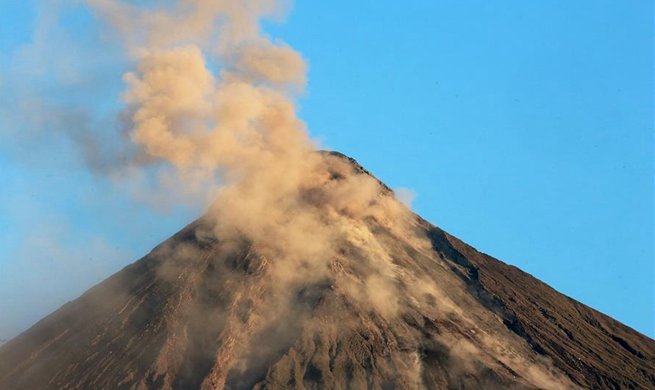HOUSTON, Jan. 23 (Xinhua) -- The bomb cyclone weather event in early January 2018 resulted in record levels of U.S. natural gas demand and elevated wholesale natural gas and power prices around the country, U.S. Energy Information Administration (EIA) said Tuesday.
According to the special analysis EIA released Tuesday, day-ahead daily average peak-period power prices for Jan. 5, 2018, one of the coldest days of the weather event, reached 247 U.S. dollars per megawatthour (MWh) in New England and New York and 262 dollars per MWh in the Mid-Atlantic, compared with 30 dollars per MWh to 50 dollars per MWh average prices in the preceding six weeks.
Power markets in the Northeast and Mid-Atlantic have become more reliant on natural gas over the past several years following the retirement of electricity generators that use fuels other than natural gas. However, the relative moderation in power price spikes during this year's cold snap-despite higher natural gas prices-reflects a host of market rule changes and winter preparedness actions taken by the region's grid operators to improve winter reliability, the analysis said.
According to the Independent System Operator of New England's (ISO-NE), during the 12-day span from December 28, 2017, to January 8, 2018, oil and coal made up, on average, 29 percent and 6 percent of the generation mix, respectively. Natural gas dropped at one point to a low of 17 percent. One of the region's three nuclear plants, Pilgrim, experienced an unexpected outage for six days during that period.
Within the same period of time, dual-fuel generators burning oil and natural gas accounted for, on average, 30 percent of New York ISO' s (NYISO) generation mix, while coal and oil-only generators together averaged 5 percent. Nuclear generators accounted for about 30 percent of total generation, and dedicated natural gas and renewables accounted for the remaining 35 percent.

















